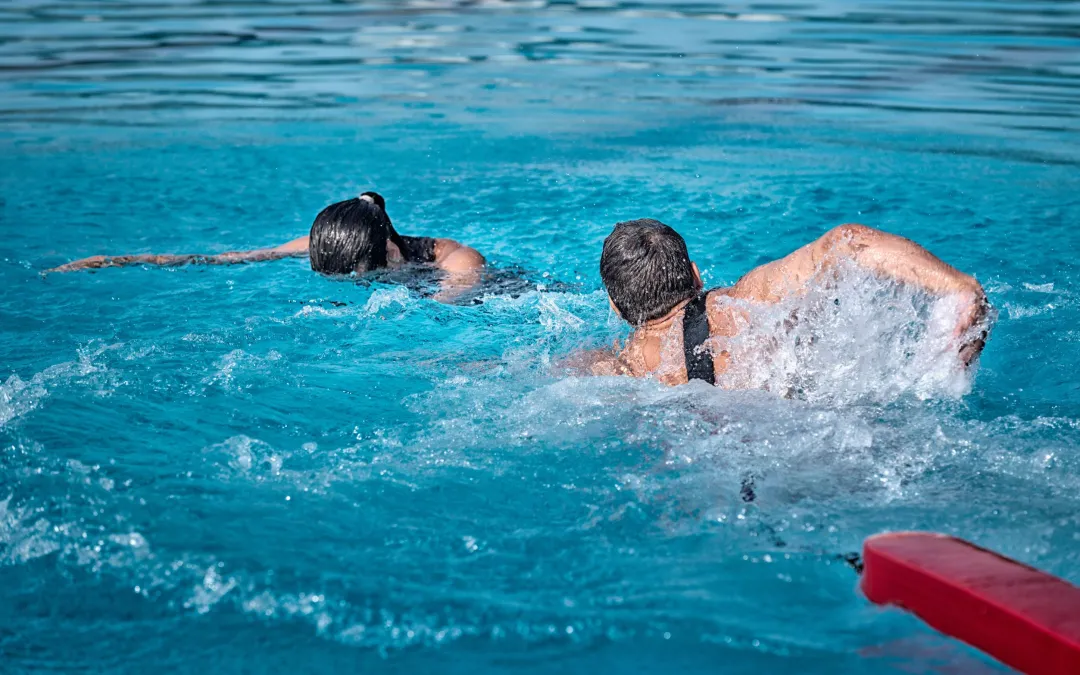The Lifeguard Certificate: A Gateway to Safety and Responsibility
A lifeguard certificate is more than just a piece of paper; it symbolizes a commitment to safety, responsibility, and excellence in the field of aquatic supervision. Obtaining this certification means that an individual has undergone rigorous training and has demonstrated their ability to respond effectively in emergency situations. The American Lifeguard Association is renowned for providing comprehensive certification programs that equip lifeguards with the essential skills and knowledge to protect lives and ensure the safety of swimmers.
Comprehensive Training for Lifeguard Certification
Earning a lifeguard certificate involves comprehensive training that covers various critical aspects of water safety. Candidates must master techniques in water rescue, CPR, first aid, and the use of automated external defibrillators (AEDs). The American Lifeguard Association ensures that its training programs are up-to-date with the latest safety protocols, providing lifeguards with the confidence and competence needed to handle emergencies. The rigorous training process ensures that lifeguards are well-prepared for the challenges they may face on duty.
The Value of a Lifeguard Certificate in the Job Market
Possessing a lifeguard certificate opens up numerous employment opportunities in the aquatic industry. Certified lifeguards are in high demand at swimming pools, beaches, water parks, and other aquatic facilities. The American Lifeguard Association’s certification is widely recognized and respected, making it a valuable credential for job seekers. Employers prioritize hiring certified lifeguards as it ensures a higher standard of safety and professionalism at their facilities.
Lifeguard Certification and Lifesaving Skills
A lifeguard certificate signifies that an individual has acquired essential lifesaving skills. These skills are not only applicable in aquatic environments but can also be valuable in various emergency situations. The training provided by the American Lifeguard Association includes real-life scenarios and hands-on practice, ensuring that lifeguards are prepared to act swiftly and effectively. Lifeguard certification instills a sense of confidence and readiness to respond to emergencies, potentially saving lives.
Requirements for Obtaining a Lifeguard Certificate
To obtain a lifeguard certificate, candidates must meet specific requirements. These typically include being at least 15 years old, passing a swim test, and completing both theoretical and practical training modules. The American Lifeguard Association sets high standards for its certification programs, ensuring that only individuals who demonstrate proficiency in water safety and rescue techniques are certified. This rigorous selection process guarantees that certified lifeguards are well-equipped to perform their duties.
The Role of the American Lifeguard Association in Certification
The American Lifeguard Association is a leading provider of lifeguard certification, dedicated to promoting water safety and excellence in lifeguarding. The association’s certification programs are designed to meet the highest standards of training and education. By partnering with the American Lifeguard Association, candidates can be assured of receiving top-tier training that prepares them for the demands of lifeguarding. The association’s commitment to safety and quality training sets it apart as a trusted authority in the field.
Continuing Education for Lifeguard Certificate Holders
Maintaining a lifeguard certificate requires ongoing education and recertification. The American Lifeguard Association offers continuing education programs to help lifeguards stay current with the latest safety protocols and advancements in rescue techniques. These programs ensure that lifeguards remain proficient and prepared to handle emergencies. Continuing education also provides opportunities for lifeguards to expand their skills and knowledge, further enhancing their ability to protect the public.
Lifeguard Certificate and Community Impact
Certified lifeguards play a vital role in enhancing public safety and fostering a culture of water safety awareness. The American Lifeguard Association encourages lifeguards to engage with their communities through educational programs and safety initiatives. By sharing their expertise, lifeguards can help educate the public about the importance of water safety and the critical role of lifeguards in preventing accidents. The impact of certified lifeguards extends beyond the poolside, contributing to safer communities.
The Future of Lifeguard Certification
The demand for qualified lifeguards continues to grow, and the American Lifeguard Association remains at the forefront of lifeguard certification and training. The association is committed to evolving its programs to meet the changing needs of the aquatic industry. By incorporating new technologies and innovative training methods, the American Lifeguard Association ensures that its certification programs remain relevant and effective. The future of lifeguard certification is bright, with an ongoing emphasis on safety, preparedness, and excellence.
Why Choose the American Lifeguard Association for Certification?
Choosing the American Lifeguard Association for lifeguard certification means opting for the highest standards of training and professionalism. The association’s comprehensive programs prepare lifeguards to excel in their roles and ensure the safety of those they protect. With a reputation for excellence and a commitment to ongoing education, the American Lifeguard Association is the premier choice for anyone seeking to become a certified lifeguard. Investing in a lifeguard certificate through the American Lifeguard Association is a step towards a rewarding career dedicated to safeguarding lives and promoting water safety.
